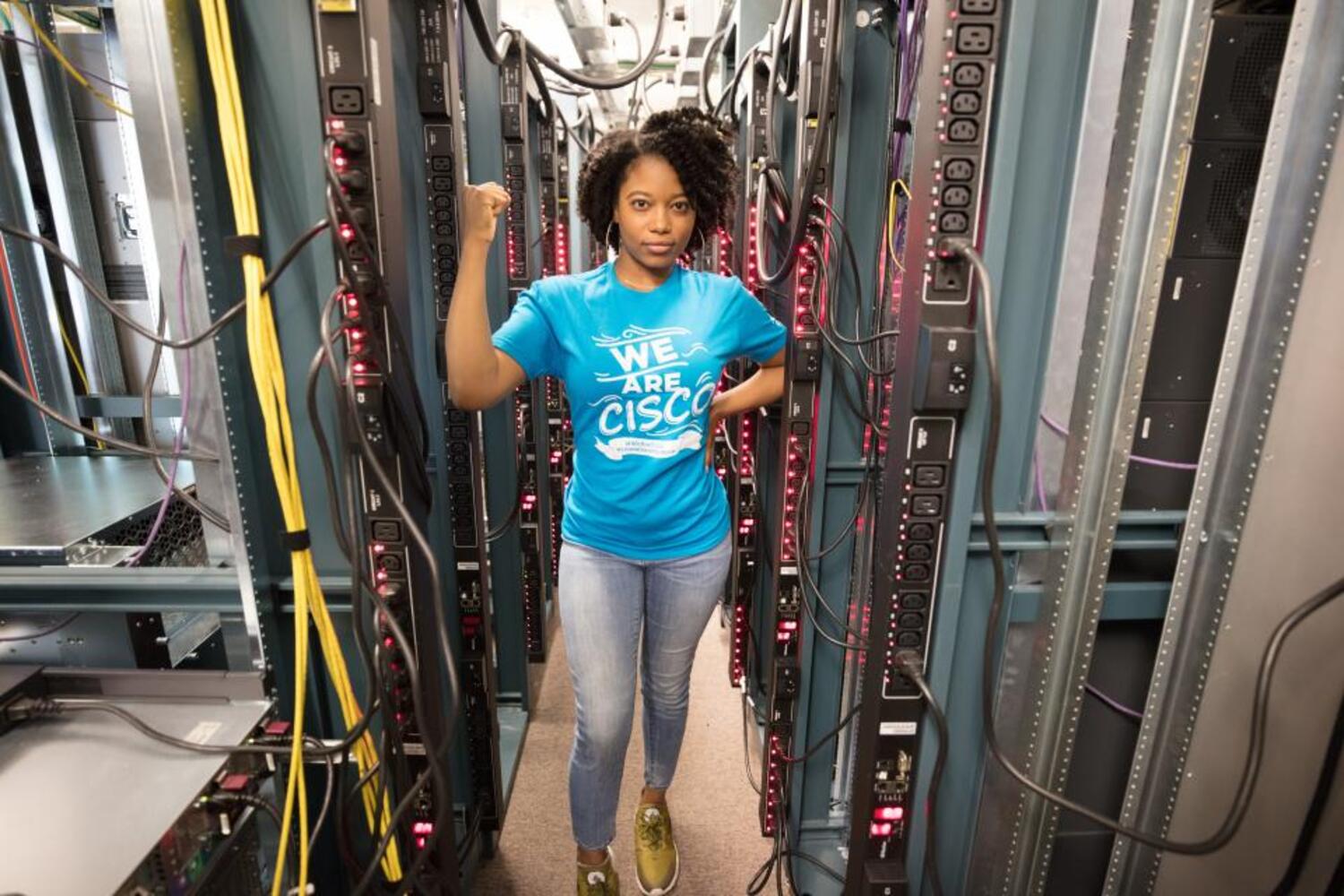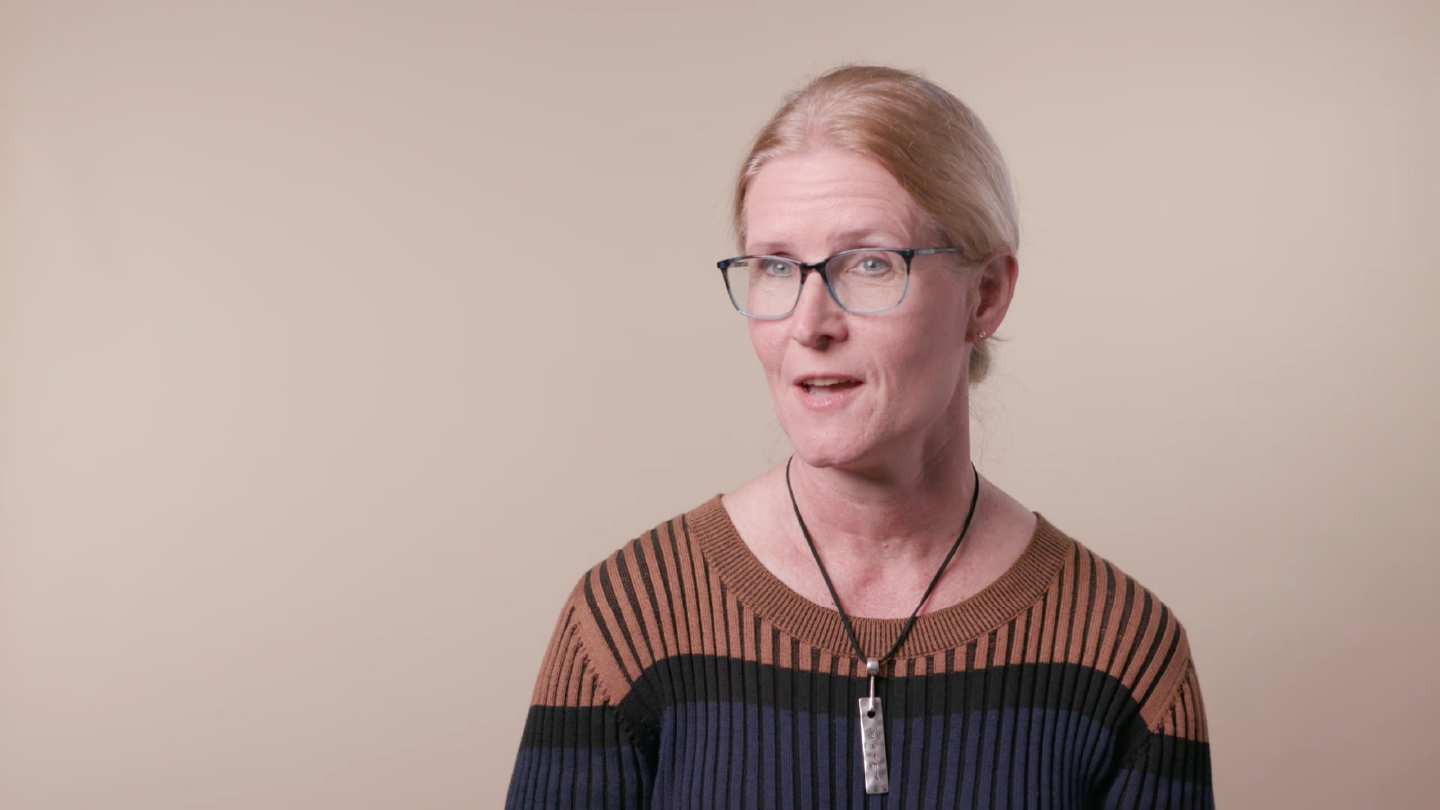
Benchmarks & Trends, Benefits of Company Culture, Best Workplaces, Employee Experience, Employer Brand
Technology giant Cisco is perhaps best known as the company that connects people and data. It got its start more than 20 years ago by helping to build the foundation of the Internet.
During the COVID-19 pandemic, though, the company’s dedication to linking up systems and customers was tested as never before.
Demand for Cisco’s Webex video collaboration tool soared, requiring resolve on the part of frontline Cisconians and executives alike. The company also had to demonstrate courage as it confronted the racial reckoning. In connecting with people in new ways, Cisco leaders were challenged to blend bravery with humility.
Cisco’s leaders and its people met those challenges. Their story this year is striking, but in some ways, not surprising. After all, Cisco ranked as the #1 Fortune World’s Best Workplace in 2020, repeating the feat for the second straight year.
The tenacity to connect
As the COVID-19 pandemic prompted businesses across the globe to close offices and send workers home, demand for Cisco’s technology and applications spiked.
All of a sudden, millions of employees who used to meet in person were now meeting online. Many more people throughout the world began firing up Cisco’s Webex collaboration software to get critical work done.
So much so, that volumes on the Webex platform tripled in April. That put great pressure on Cisco’s workforce to deliver.
And they did, said Chuck Robbins, Cisco’s CEO.
“The teams that were building out our infrastructure for this platform, they worked seven by 24 for probably a month solid just to deal with the increased volumes,” Chuck said. “Because these platforms were never designed for the entire world to be working from home.”
Safe enough to succeed in a crisis
How were Cisco employees willing and able to work so hard, for so long, in a stressful time? It had much to do with the culture of trust and psychological safety Cisco had built prior to the pandemic, and how Cisco deepened its internal bonds amid the COVID crisis.
Heading into the pandemic, 87% of Cisco staffers globally called the company a psychologically and emotionally healthy workplace.
Once the pandemic hit, Chuck and his leadership began weekly 75-minute check-ins to listen to employees and address questions. Cisco also proceeded to survey its employees about their workplace experience—itself a sign of concern and a willingness to learn about how employees were doing.
Employees responded that they appreciated how the executive leadership team handled the COVID crisis.
“We feel connected mentally even though we are confined [at] home,” one U.S. Cisco employee told us. “During COVID, I sometimes drove by [the] offices just to see the Cisco logos and campus. I am longing to get back to [the] Cisco office again after COVID, because Cisco is part of my identity.”
The courage to trust customers
Even though customers around the globe desperately needed Cisco’s technology and support to keep operating amid the pandemic, many of these clients were struggling. The economic downturn prompted by COVID-related shutdowns meant that customers faced cash shortages.
Cisco responded by allowing many customers to finance their purchases.
“We didn’t say, ‘Well, send us a purchase order and we’ll get over there and help you out,’” Chuck recalls. “We just went and just got the technology out there and said, ‘We’ll figure it out later.’”
In effect, Chuck and his team dared to trust that these clients would make good later on.
And rather than focus on short-term payments, Cisco leaned into the bigger purpose of keeping the world working.
Courage to confront
It takes courage to confront racism head-on.
These can be difficult conversations. Especially when they come as a surprise. Indeed, the racial reckoning touched off by George Floyd’s murder blindsided many organizations.
Not Cisco.
The company’s leaders already had taken a hard look in the mirror around issues of racial equity. Back in the fall of 2019, Chuck had read "White Fragility." And that book helped prompt Chuck, who is white, to learn more about racial disparities at the company.
In January, Chuck arranged for his executive team to have a listening session with 18 Black leaders from across Cisco. It was an emotional moment, as the senior executives came to terms with a culture that wasn’t as inclusive as they’d thought.
Chuck says 90 percent of his team “had tears in their eyes” as they reflected on what they’d heard from Black colleagues.
But the tears didn’t hijack progress, as they have in other organizations. Instead, Cisco launched a 100-day “sprint” to tackle areas of racial inequity within the company. And those efforts helped prepare Cisco for the society-wide focus on racism sparked by George Floyd’s murder in May of this year.
Watch our conversation with Chuck and EVP & Chief People Officer Francine Katsoudas, where they share how the company fights racism.
Staying connected through heated conversations
The weekend after George Floyd’s murder, Chuck invited racial equity experts to speak with the entire Cisco staff. Things got heated—and boundaries were crossed.
“There were a few comments in the chat that we consider inappropriate,” recalls Fran Katsoudas, Cisco’s Chief People Officer. “And what we decided to do in the follow-up meeting was to bring this workplace color spectrum that we have to the discussion.”
That color spectrum involves defining what kinds of comments are “green” and which are “yellow,” “orange” and “red.” Green comments are respectful, productive and inviting—even if they dispute a viewpoint.
Fran and her team provided examples of each kind of comment to help employees know how to keep the conversation constructive. With the help of the color spectrum guidelines, the conversations have continued and grown more constructive.
As one employee puts it, “I am very impressed with our executive team who have been not just willing, but aggressively driving thought leadership and hard, emotional conversations about our community impact, racism and how we, both internally as a culture, but also globally, need to improve our approach. All levels of the organization are actively and enthusiastically connecting.”
Connecting to a better future
Judging by employees’ overwhelmingly positive reaction to the conversations about equity, Cisco’s courage to connect is advancing the cause of racial justice – even as it motivates employees to bring their best to work.
One U.S. employee told us:
“Cisco is a very human company at heart, with a SPLENDID Executive Leadership Team (ELT)….We had an emotional ELT who wanted to make our Black colleagues feel safe, included and more importantly EQUAL. Actions were discussed and steps taken, along with an outpouring of support from all across the world. It is amazing how the top execs bring not only their A game, but also their heart to work. God bless Cisco. It is THE best company I have worked for, hands down.”
To read more about Cisco and hear other inspiring, instructive stories, see our report about how the World’s Best Workplaces have met the historic challenges of 2020.
See the full list of 2020 World’s Best Workplaces here.











